If you are looking for an indoor plant that not only adds a touch of greenery to your home, but also has a positive effect on the quality of the air you breathe, then the calathea hija l-għażla perfetta għalik. These tropical plants, simply called calatheawith their distinctive and variegated leaves, are not only aesthetically pleasing but also have the ability to purify the surrounding air, helping to create a healthier and more rejuvenating environment.
In this article, we’ll explore the tips and techniques for successfully growing this indoor ornamental, providing essential information on how to care for them and maximize their health benefits.
Finally, we will discover the most common varieties of calathea and how to make the most of their unique characteristics. So get ready to transform your living space into an oasis of freshness and well-being, with the help of the wonderful calathea.
Where are they originally from? calathea?
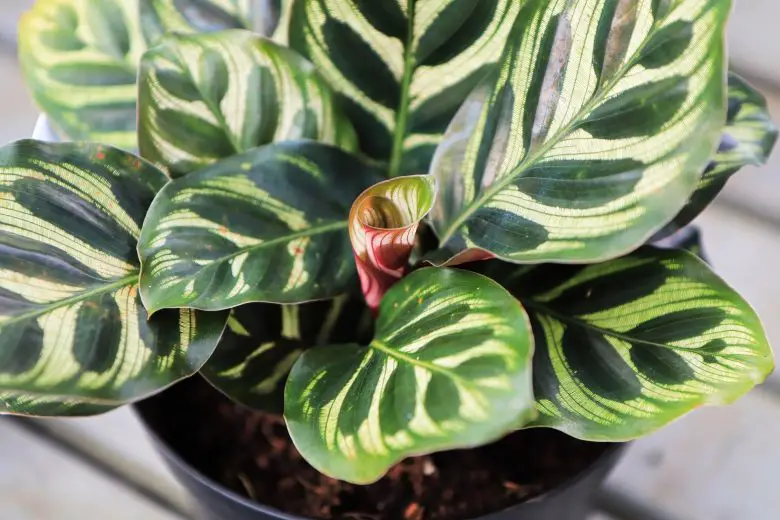
Calathea makoyana
The plants of the genus calathea they are part of the Marantaceae family. Some related genera include Maranta, Ctenanthe and Stromanthe, which have similar characteristics and are often grown together with calathea to create a green and lively environment.
They are native to the tropical regions of Central America and South America. They are mainly found in countries such as Brazil, Colombia, Costa Rica and Ecuador.
What are the species of calathea more cultivated?
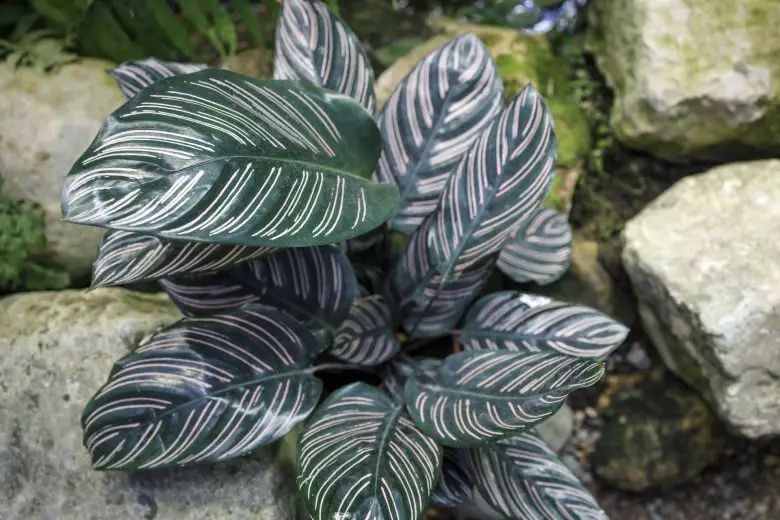
Calathea ornata
There are several species of calathea grown as houseplants. Here is a brief botanical description of the most popular species:
- Calathea zebrina: magħruf ukoll bħala Calathea pinstripesThis plant features long, narrow leaves with a distinctive striped pattern of dark green and light green. On the underside of the leaves, there are purple streaks. It is a robust plant and relatively easy to grow;
- Calathea orbifolia: this species has large, round, deep green leaves with silver or cream streaks. The leaves are largely ornamental and can reach a diameter of 30 centimeters. It requires special attention to humidity and light conditions;
- Calathea ornata: characterized by large and lanceolate leaves, dark green in color, with a distinct white or silvery vein that crosses them symmetrically, giving them a streaked appearance. The leaves have an elongated shape with pointed tips and a slightly rough surface to the touch. The plant also produces insignificant flowers, usually white or cream in color, which appear on long stems;
- Calathea lancifolia: magħruf ukoll bħala Rattlesnake Calathea, this plant has lance-shaped leaves with a pattern of dark green spots and stripes on a light green ground. Its leaves resemble the scales of a snake, hence its common name. Requires bright indirect light and adequate humidity to thrive;
- Calathea makoyana: commonly called Calathea peacockThis plant has fan-shaped leaves with a pattern of bright colors, including dark green, white, and pink. The leaves have a rounded shape and a slightly wavy structure. It requires a humid environment and prefers moderate indirect light.
These are just some of the more common species of calathea, each with its own unique characteristics and growing requirements. In addition to these, there are many other varieties and hybrids available, offering a wide range of colors and patterns to suit the individual tastes of the houseplant grower.
Fejn tpoġġi l- calathea fid-dar?
Hemm calathea it thrives in specific environmental conditions that aim to recreate the tropical environment from which it comes.
In terms of exposure, it prefers bright indirect light. Avoid direct exposure to strong sunlight, as it can burn the delicate leaves. Then place the plant in a well-lit area, but away from direct sunlight.
Calatheas prefer moderate and constant temperatures. They are comfortable between 18°C and 24°C during the day. Avoid sudden changes in temperature and place the plant away from heat sources such as radiators or cold drafts.
Finally, humidity, a crucial factor for the health and well-being of calathea. These plants require a moist environment to thrive. You can increase the humidity around the plant by placing a humidifier in the room or by placing the pot on a tray with moist gravel. Avoid placing the plant near sources of dry heat such as radiators. In hot, dry weather, spraying the leaves with water periodically can also help maintain adequate humidity.
By following these guidelines, you can create an optimal environment for growing herbs calathea in home. Keep in mind that the specific needs may vary slightly depending on the species you grow, so it is always advisable to refer to the specific guidelines for the variety you have chosen.
What is the ideal soil for growing a calathea plant in a pot?
The ideal soil to grow a plant of calathea in pot it must be rich in organic matter, well draining and slightly acidic.
You can create a substrate mix using a combination of high quality potting soil for houseplants, pit, perlit u ħumus tal-ħniex.
As for repotting, it is usually advisable to repot calathea every one or two years, preferably in spring or early summer. However, repotting also depends on the size of the current pot and the growth of the plant. If the calathea has completely used up the space in the current pot, if the roots start to leak out of the drainage holes or if you notice a reduction in plant growth and health then it is time to repot.
When repotting, make sure you choose a slightly larger pot than the previous one to give room for the growing roots. Gently remove the plant from the old pot, shaking off excess soil and inspecting the roots for any damaged or rotten parts. Transplant into the new pot using the soil mix described above and gently compact the soil around the roots. Periodic repotting helps maintain plant health, provides space for roots to grow, and refreshes the soil, allowing the plant to thrive in its growing environment.
Kif tista 'tiġi mmultiplikata pjanta bi calathea?
Hemm calathea can be multiplied through three main methods: division of clods, qtugħ and propagation of basal suckers.
Dividing the clods is the most common and simple method, to do this remove the plant from the pot and gently divide the rhizome (the underground part of the plant) into several sections. Make sure each section has healthy roots and shoots. Transplant the new parts into separate pots, making sure you use suitable soil, and care for them as you would an adult plant.
With the cutting, healthy and vigorous lateral stems are taken from the mother plant. Cut off a portion of the stem with at least two nodes (the bumps along the stem from which the leaves sprout) using a sharp knife or clean scissors. Remove the lower leaves from the cutting and immerse it in a vase with clean water for a few weeks. Make sure you change the water regularly to prevent mold growth. Once the cutting develops roots of at least a couple of centimeters, you can transplant it into suitable soil.
Finally, some species of calathea they produce small basal suckers, i.e. new seedlings that grow at the base of the plant. When these suckers appear and have at least a few leaves, they can be separated from the mother plant and transplanted into small pots.
How should it be watered calathea?
The amount of water a calathea plant needs depends on several factors, including plant size, soil type, ambient humidity, and light conditions. However, there are some general guidelines you can follow to water properly.
il calathea they prefer slightly moist, but not over-watered soil. Check the soil regularly by inserting a finger into the surface. If the soil is dry to about 1cm deep, it’s time to water.
Avoid flooding the soil or letting the plant stand in standing water, as this can cause root rot. Water the plant so that the soil is evenly wet until water starts to seep out of the drainage holes in the bottom of the pot.
During the hotter months of the year when the plant is actively growing, it may need to be watered more frequently. During the winter months, when growth is slower, reduce watering frequency, but still be sure to keep the soil slightly moist.
How do you fertilize calathea?
To fertilize a calathea in pots, opt for a liquid organic fertilizer based on natural ingredients. You can find specific organic fertilizers for houseplants or fertilizers suitable for leafy plants (here you will find a selection). Be sure to read product directions carefully to determine how much and how often to apply.
Usually, it is advisable to dilute the fertilizer with water to avoid overloading the plant with nutrients.
Lightly water the plant before applying fertilizer. This will help prevent any root damage caused by the concentrated fertilizer. Apply the diluted fertilizer around the base of the plant, avoiding direct contact with the leaves. Fertilize calathea during the active growing season, which is usually spring and summer. During the winter months, when growth is slower, stop fertilizing. Remember that it is always better to apply the fertilizer in moderate doses, in order to avoid an excess of nutrients that could damage the plant.
How to prune the Calathea
Hemm calathea it does not require regular pruning, but it can benefit from some simple pruning to maintain a neater shape and appearance.
Remove any leaves that have turned yellow, wilted, or have obvious damage. These leaves are no longer vital to the plant and can be cut off at the base of their stem. Removing dead or damaged leaves will help maintain a cleaner look and improve the overall aesthetics of the plant.
If the calathea becomes too bulky or exceeds the desired size, you can carry out a light pruning to reduce its size. Cut off the main leaves or stems near the base using clean and sharp scissors. Be sure to cut cleanly and at an angle, avoiding staggered or pinched cuts that may be more prone to disease or infection.
It is important to remember that the plant has a relatively slow growth, so avoid excessive or drastic pruning which could stress the plant.
How do you clean calathea leaves?
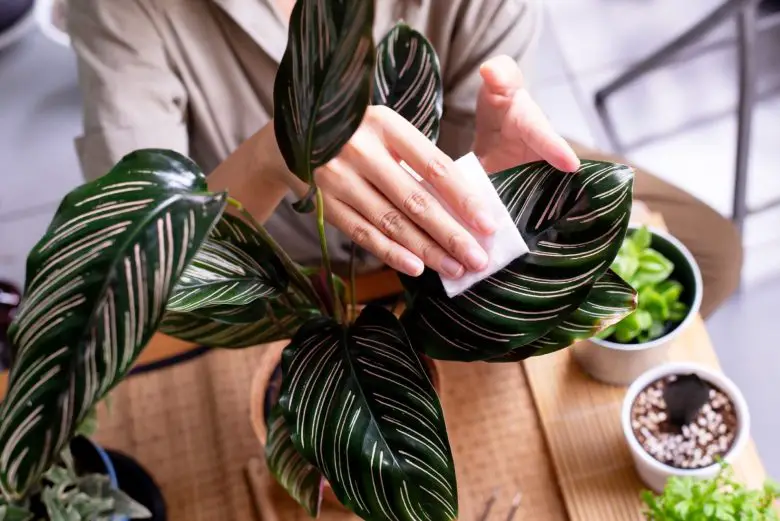
Calathea cleaning
To clean the leaves of the calathea without the use of chemicals, you can fill a basin with warm water. Dip a soft cloth or sponge into the water, making sure they’re clean and free of abrasives that could scratch or damage the leaves. At this point, gently pass on the leaves of the plant. Practice light movements to remove dust, dirt or any residue present on the surface of the leaves. Be sure to clean both the top and bottom of the leaves, as both can accumulate dirt and grime.
Let the leaves air dry naturally. Avoid direct exposure to strong sunlight while the leaves are damp, as it may cause burns or damage.
What are the problems that can have the leaves of the calathea?
Calathea plant leaves can be prone to several problems.
For example, the appearance of brown or yellow spots on leaves can be caused by a variety of reasons, including exposure to direct sunlight, over or under watering, over fertilization, low humidity or extreme temperatures. Check the growing conditions of the plant and make any necessary corrections to resolve the issue.
Another common problem is crumpled or wilted leaves. This can be the result of low ambient humidity, poor watering, or soil that has dried out too much between waterings. Increase the humidity around the plant by spraying it with warm water. Also be sure to water the plant properly, keeping the soil slightly moist, but not soggy.
What are the parasites that can attack calathea?
Hemm calathea can be subject to the attack of various parasites, here are the most common:
- il afidi, i.e. small insects that feed on the sap of plants. To eliminate them from the calathea, use a solution of water and soft potassium soap https://www.coltivazionebiologica.it/rimedi-casalinghi-sapone-di-marsiglia/
- l- insetti tal-iskala, which are small shell-like insects that attach themselves to leaves and suck sap. You can remove them manually using a cotton swab dipped in a soap and water solution. If the infestation is more extensive, intervene with a specific product such as mineral white oil;
- l- dud tal-brimba aħmar, tiny mites that hide on the underside of leaves and produce a thin, dense web. You can delete them from calathea spraying the plant with fresh water. Make sure you aim the water jet at the underside of the leaves and repeat this regularly until the mites are gone. In fact, water blocks the spider’s life cycle;
- earth midges, i.e. small flies that can infest the soil of plants. To control them you can place nases kromotropiċi isfar near the plant to attract and trap them. Also, allow the soil to dry out between waterings to reduce humidity and prevent midges from breeding.
What are the properties of calathea for air purification?
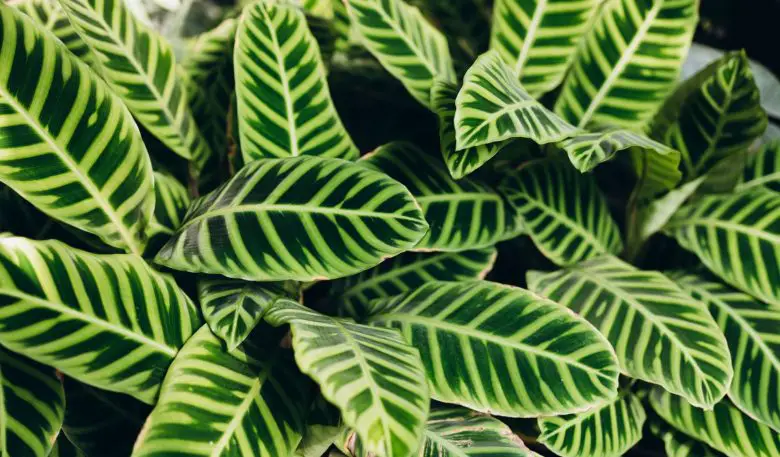
Hemm calathea it is known for its air purification properties in domestic environments.
In fact, it has the ability to absorb and filter various harmful substances present in the air, such as benzene, formaldehyde, trichloroethylene and other volatile organic substances. These substances can be released from chemicals found in cleaners, paints, furniture, carpets and other materials.
Hemm calathea it has large, green leaves that evaporate water into the surrounding environment through the pores of the leaves. This transpiration process helps increase the relative humidity of the air around the plant, creating a more comfortable and conducive environment for breathing.
In addition to the benefits for air quality, the presence of plants such as calathea in domestic environments can have a positive impact on mental well-being and reduce stress. The sight of lush green plants can create a sense of calm and tranquility, helping to improve mood and concentration.

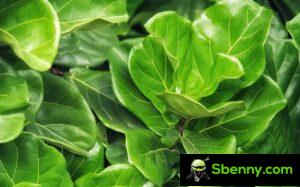
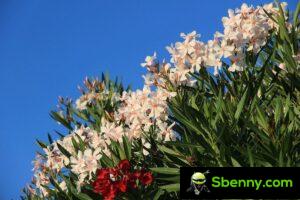
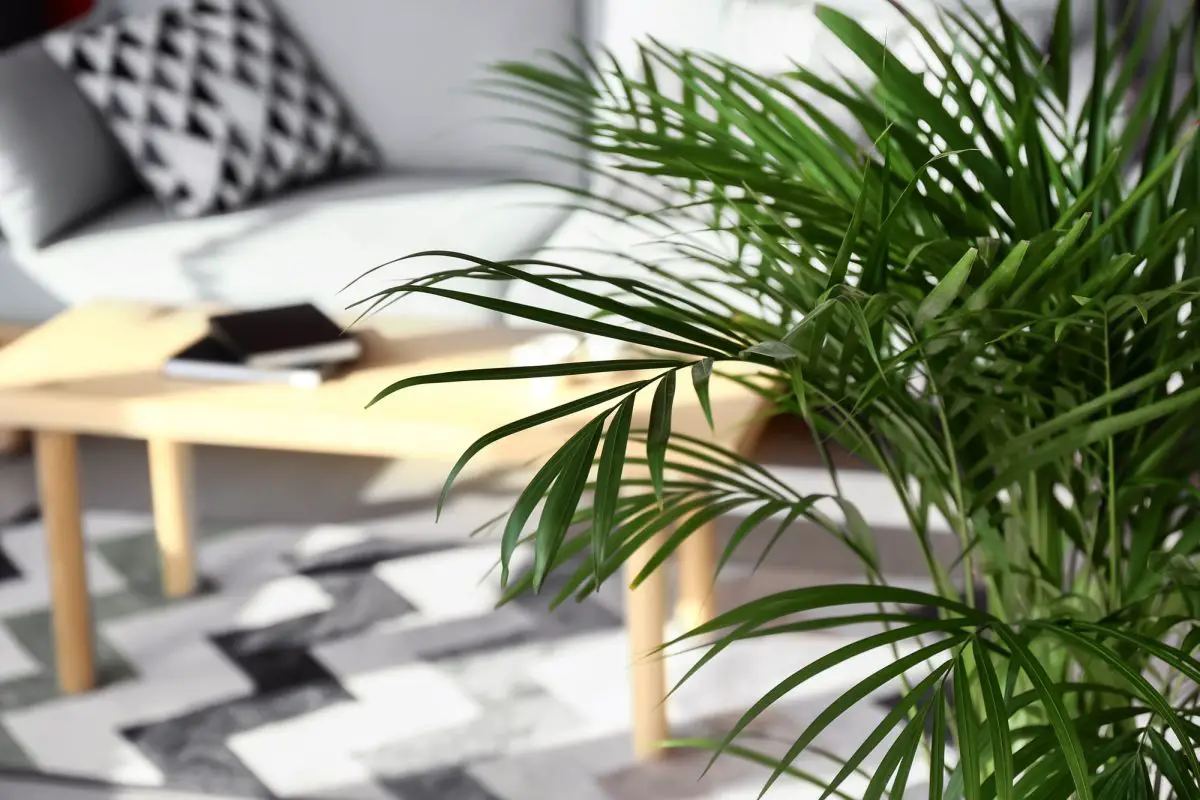
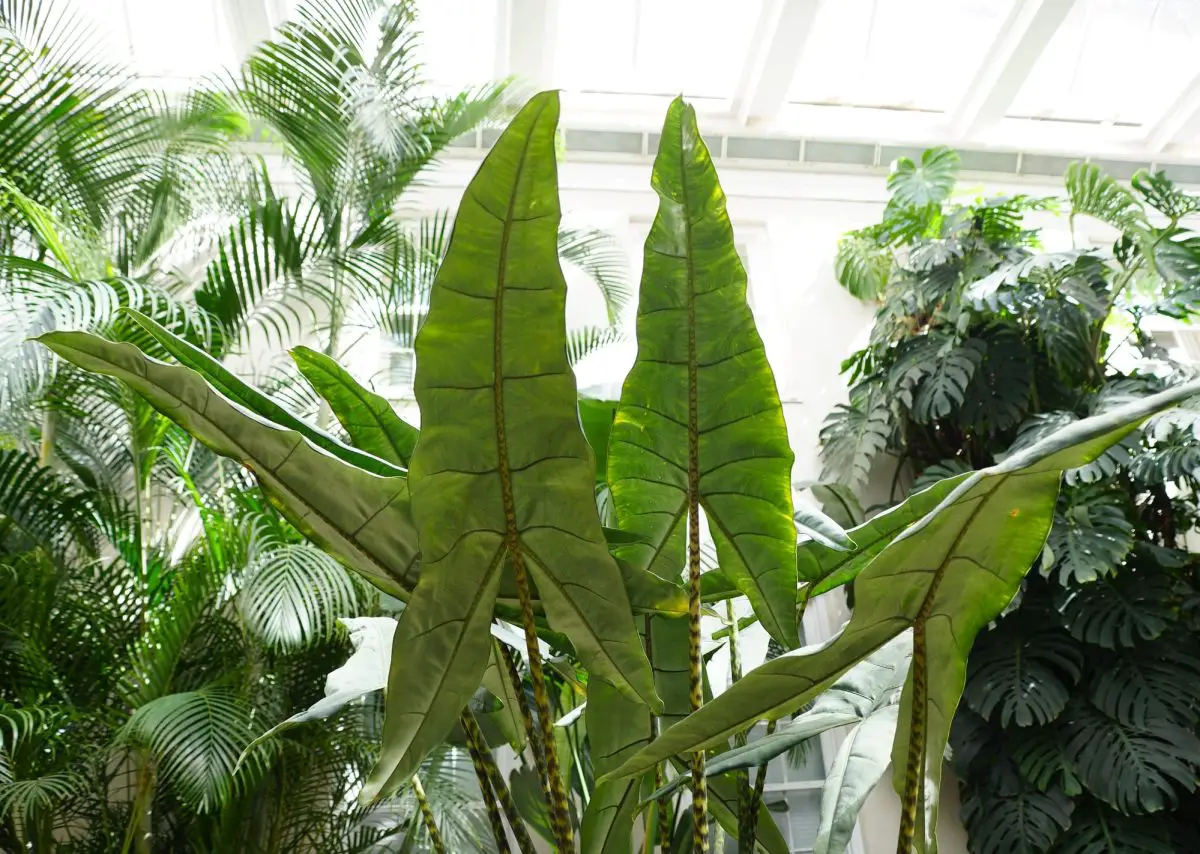
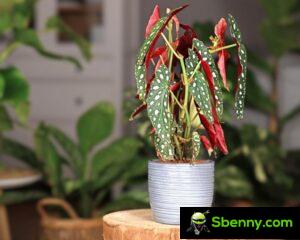
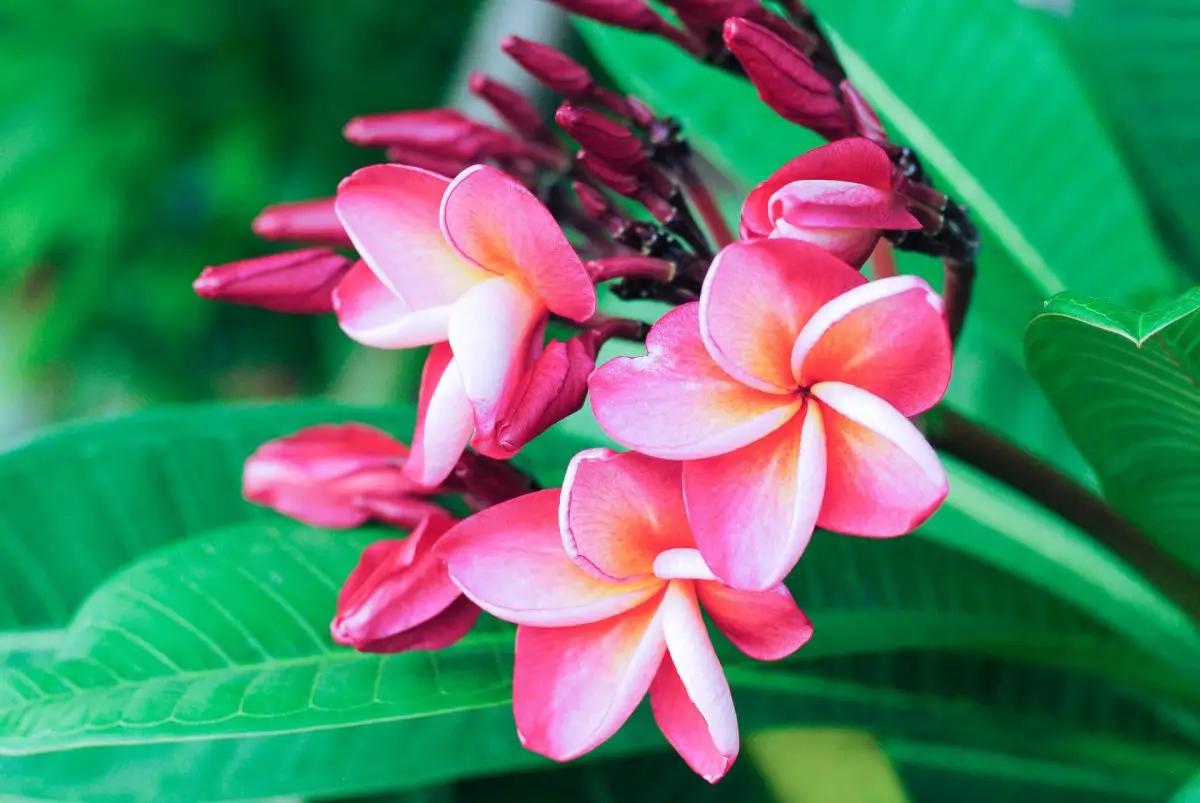
Ibda Thread ġdid